Background: The concept of tailoring parasite treatment for individual animals according to their circumstances and specific risk factors – the so‑called “risk‑based parasite control approach” – has gained a momentum in recent years. Key advisory and regulatory bodies have provided position statements in favour of the use of risk‑based parasite control.
Despite this enthusiasm, challenges exist to the integration of this new treatment model into clinical practice. Insufficient evidence exists to support – or doubt – the efficacy of risk‑based approach as many questions remain unanswered, and the factors affecting animal susceptibility to infection, treatment responses and adherence to treatments are not fully defined. This is further complicated by the dynamic nature of parasite risk.
Methods: This cross-sectional study used a survey to investigate perception of small animal clinicians towards implementing a risk assessment-based approach to parasite control.
Results: Of the 119 participants who completed the survey, 81% (n = 97) agreed that individually tailored parasite treatment is the best compromise to minimise environmental contamination while still preventing parasite infestation.
A total of 86.5% (n = 103) would like to see more research conducted into veterinary medicine‑related parasiticide products in the environment, including levels, extent of harm and pathways into it.
The results also showed a need for longer consult times, and more resources to assist clinicians in decision making on individually tailored parasite control would be helpful. Limited autonomy was a major limiting factor for adopting risk-based parasite control for many veterinarians. The study highlighted the need for more educational content and improved risk-benefit assessments to veterinary professionals and the public.
Conclusions: The results showed that the environmental impact of parasiticides is well recognised and an appreciation exists that more work needs to be done. Although the study findings captured clinicians’ motivation, a sizable fraction indicated scepticism in the risk-based approach’s ability to meet the required expectations, and in the readiness.
Control of parasites in companion dogs and cats poses challenges for clinicians and pet owners.
No doubt exists that effective parasite control is essential to encourage quality health and welfare of companion animals, and minimise the risk of zoonotic disease1–3. However, the overuse of parasiticides has contributed to the current uncertainty about the best practices in parasite control4.
On one hand, blanket parasite treatment approach has been criticised for the potential overprescription of parasiticides, and the subsequent impacts on animal health and efficacy of parasiticides, in addition to the environmental dimension.
Another concern is the combination and broad-spectrum treatments, which may lead to excessive treatment, and increasing the risk of adverse reactions from drug side effects or drug‑drug interactions5.
On the other hand, a risk assessment‑based parasite control approach has limited generalisability, making practical implementation more time‑consuming and complex, particularly where owner understanding and compliance play such an important role.
Maximising the judicious use of current parasiticides warrants a more selective approach, targeted to high-risk animals, if such groups can be identified accurately.

The literature demonstrates efforts moving towards individualised parasiticide prescribing practices as an alternative to the one‑size‑fits‑all approach. In a recent study, the authors reported that 66% (79 of 119) of UK-based small animal clinicians agreed (30% [n = 36] strongly agreed) that the small animal veterinary profession should adopt a risk assessment‑based approach towards parasite control. Only 10% (12 of 119) veterinarians did not support the idea of seeing the profession adopting a risk assessment‑based parasite control approach. Those who provided a neutral response represented 24% (28 of 119) of the total responses6.
Having a well-defined prescribing model may aid small animal clinicians in navigating this challenge. The European Scientific Counsel Companion Animal Parasites (ESCCAP) UK and Ireland has led the way in introducing the risk‑based approach for control of endoparasites and ectoparasites7,8.
More recently, a collaborative venture between parasitologists and pharmaceutical companies has resulted in the development of risk assessment digital questionnaires, such as MyPet Persona, or a parasite risk assessment form that can be accessed via a QR code displayed on a waiting room poster for cat owners to complete before their consultation.
These tools aim to engage pet owners in helping clinicians to recommend parasite protection that matches the circumstances of individual pets.
Despite the growing interest in a risk assessment‑based parasite control approach – and the support provided by key advisory and regulatory bodies, including ESCCAP7–9, as well as the BVA, BSAVA and British Veterinary Zoological Society10 – challenges exist to the integration of this new treatment model into clinical practice and most small animal veterinarians have not fully changed their practice in response to this ongoing momentum.
The world veterinarians face today requires them to become more dynamic and willing to explore and adopt new approaches in what is a rapidly changing practice. They are working in a fast-paced, globalised world where research updates all the time, and new and emerging diseases – as well as related risk factors – are constantly in flux because of global climate change, the rise of pet travel and importation.
In such a complex context, newly emerging models for parasite control are encountered with many barriers. Conventional approaches to parasite control tend to still be adopted in favour of risk assessment‑based approaches to suit the protocols of employers, manage the needs and expectations of the majority despite individual requirements, and due to lack of a viable alternative to resource‑stretched, time‑poor clinicians6.
While the authors’ previous study6 acknowledged the potential of the risk assessment-based approach, small animal clinicians highlighted their struggle to see how it can be implemented and can satisfy the expectations of all stakeholders (veterinarians, practice policy and clients) – illustrating the need for well-rounded institutional support that guides them through this complex challenge.
In this present study, the authors aimed to obtain more insight into the perception of UK-based small animal clinicians of following a risk assessment‑based approach to preventive parasite control, by reflecting on the section of their previous survey6 dealing with attitudes towards risk assessment-based parasite control. The results of the present survey brought more insight about key areas to work on.
Methods
Questionnaire administration
The design and implementation of the survey were reported previously6. Briefly, a questionnaire was produced in Jisc Online Surveys to collect data on attitudes of UK-based small animal veterinarians towards using risk assessment‑based preventive parasite control.
An initial survey was developed and pilot tested by three clinicians before wide distribution via social media and to active practice email addresses from the RCVS website that were categorised as “small animal general practice” through an accessible URL link. This recruitment approach was used to ensure the diversity of study participants.
The survey was active from 18 to 29 October 2021. Eligible participants were any current practising small animal veterinarian working in UK general practice.
The survey involved a Likert scale and collected information on attitudes towards risk assessment‑based parasite control, centred on 13 statements about the approach.
An optional free text question was provided for final participant comments on the topics covered in the questionnaire.
Data analysis
Data collected from the survey was exported into a spreadsheet and underwent data cleaning.
The anonymous survey was open to current practising small animal general practitioners working in the UK; respondents who did not meet this criterion were excluded from the analysis. Personal information collected for participants was removed prior to analysis to protect anonymity.
Results
The present study focused on gaining more insight into small animal veterinarians’ attitude towards following a risk assessment‑based approach to preventive parasite control.
The participants were asked to read statements about risk assessment‑based parasite control and to select whether they “strongly agree”, “agree”, are “neutral”, “disagree”, or “strongly disagree” with each statement.
A total of 119 participants who matched the inclusion criteria completed the survey. The participants’ answers were used to assess their stance towards adopting such an approach.
Their answers to the statements are grouped into three categories – environmental concerns; efficiency and treatment outcome; and resources, roles and financial implications – with the largest number of statements being related to environmental concerns.
The survey included one open‑ended question, where the participants were given the opportunity to share their thoughts and comments on any of the topics covered in the survey. Only 33 of the 119 (28%) participants provided additional comments.
Overall, participants acknowledged that the survey was insightful (“all good questions”) and indicated this was “definitely an area that needs addressing!!”.
The participants’ free response regarding any further thoughts or comments on the topics covered in the survey provided useful insight because these responses captured veterinarians’ motivation – as well as scepticism – in their readiness to adopt a risk assessment‑based parasite control approach, and demonstrated their mixed and hesitant responses to the use of this new approach.
In what follows, the authors present the survey findings on the participants’ responses to specific statements and discuss the implications of these findings on future of parasite control practice.
Environmental concerns
Efficiency and treatment outcome
- Part two will outline the findings under the category of resources, roles and financial implications, and discuss the results in more detail.



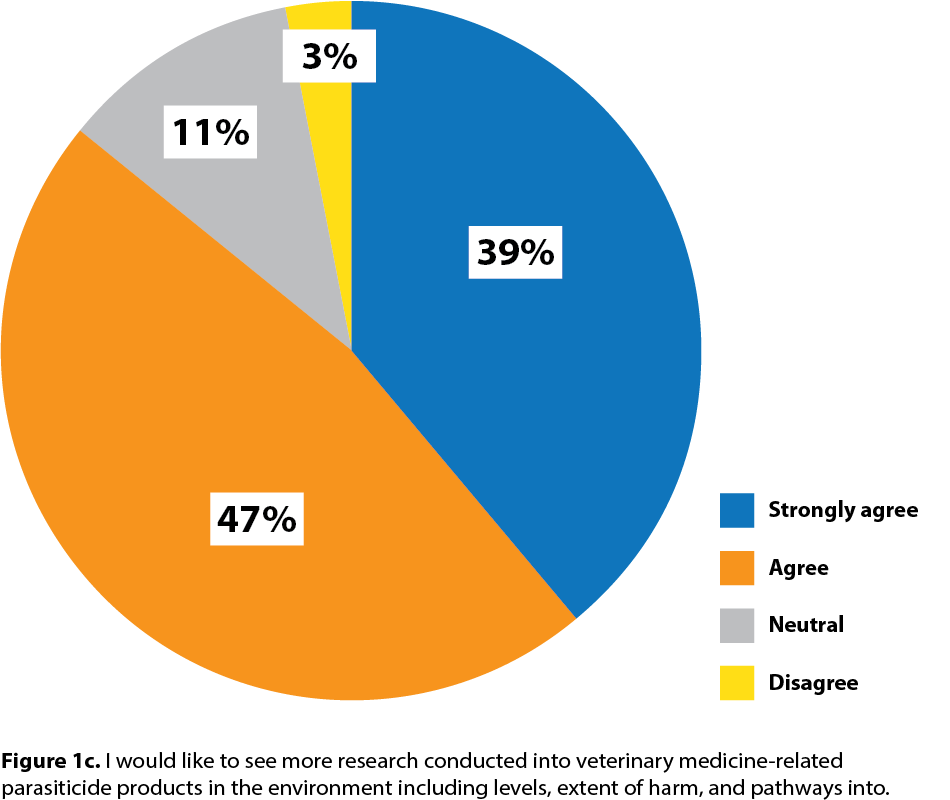
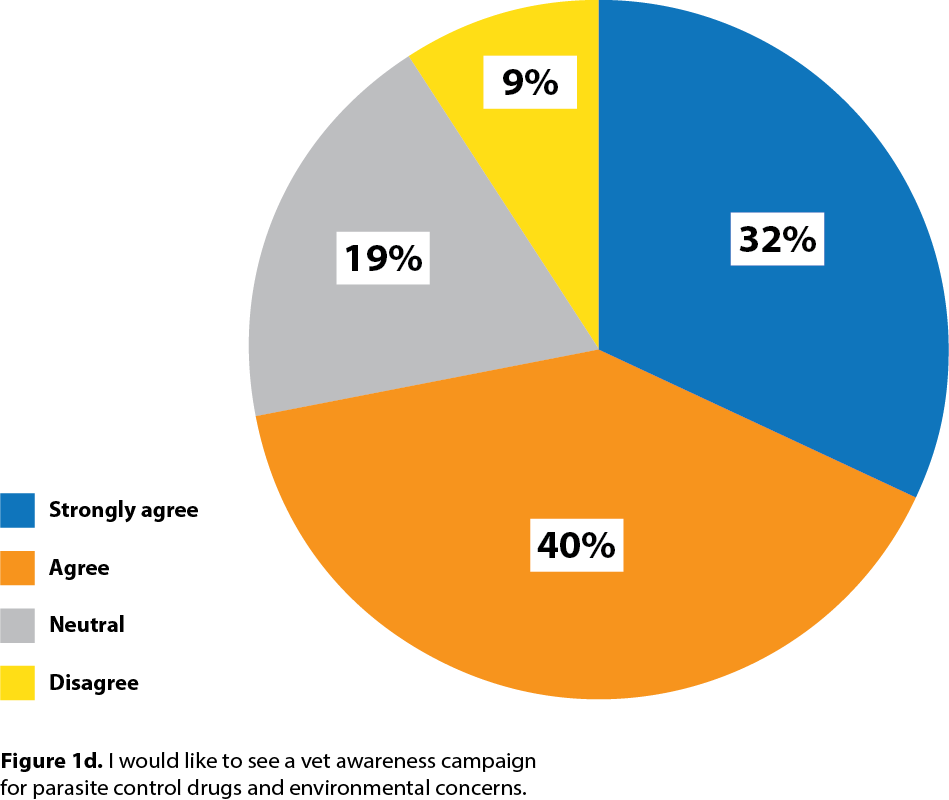
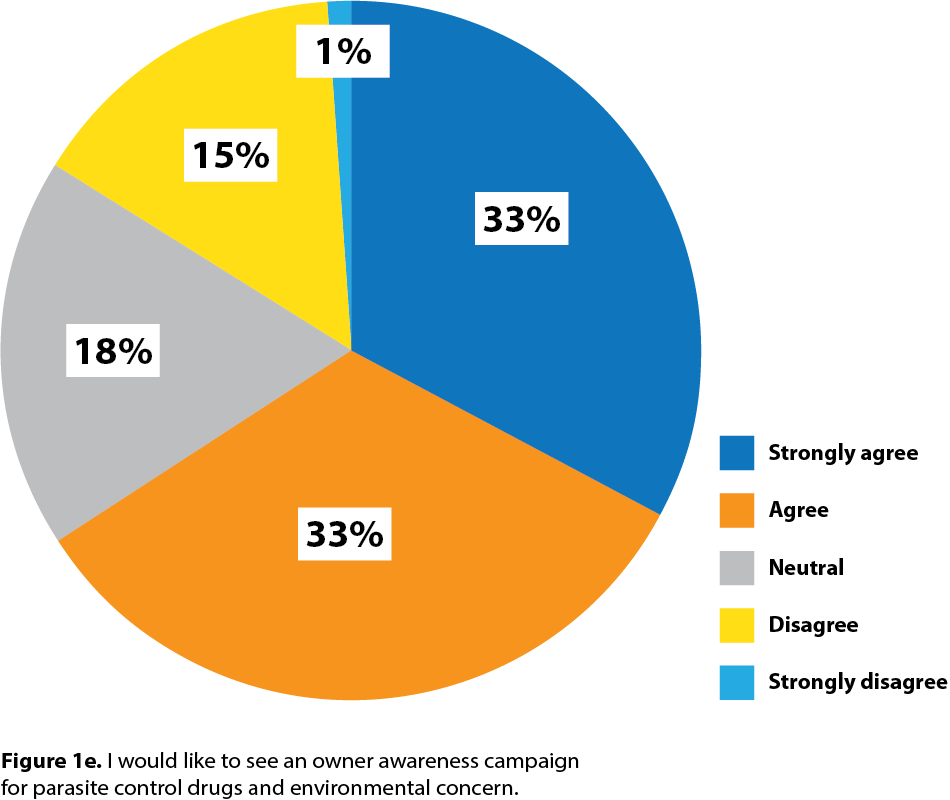
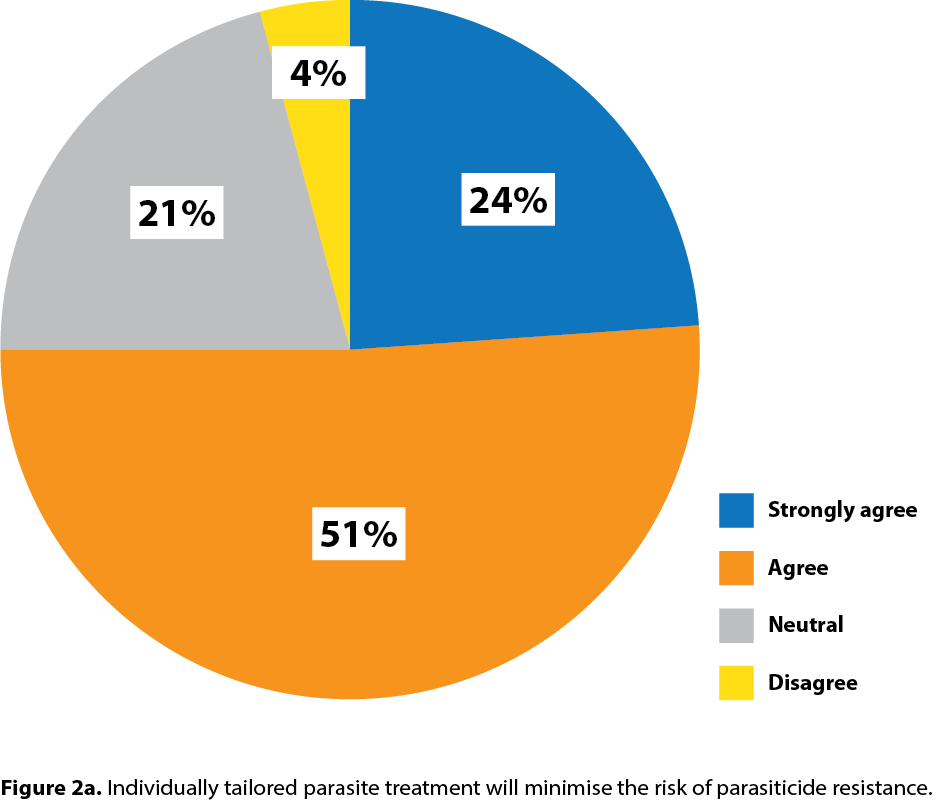
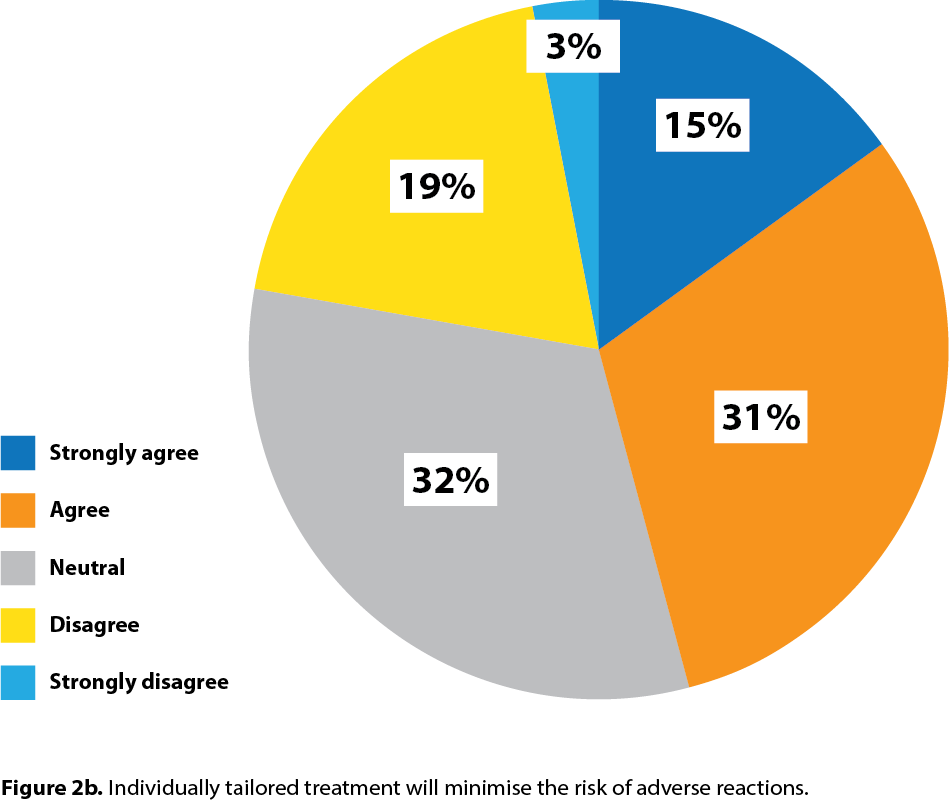
Leave a Reply